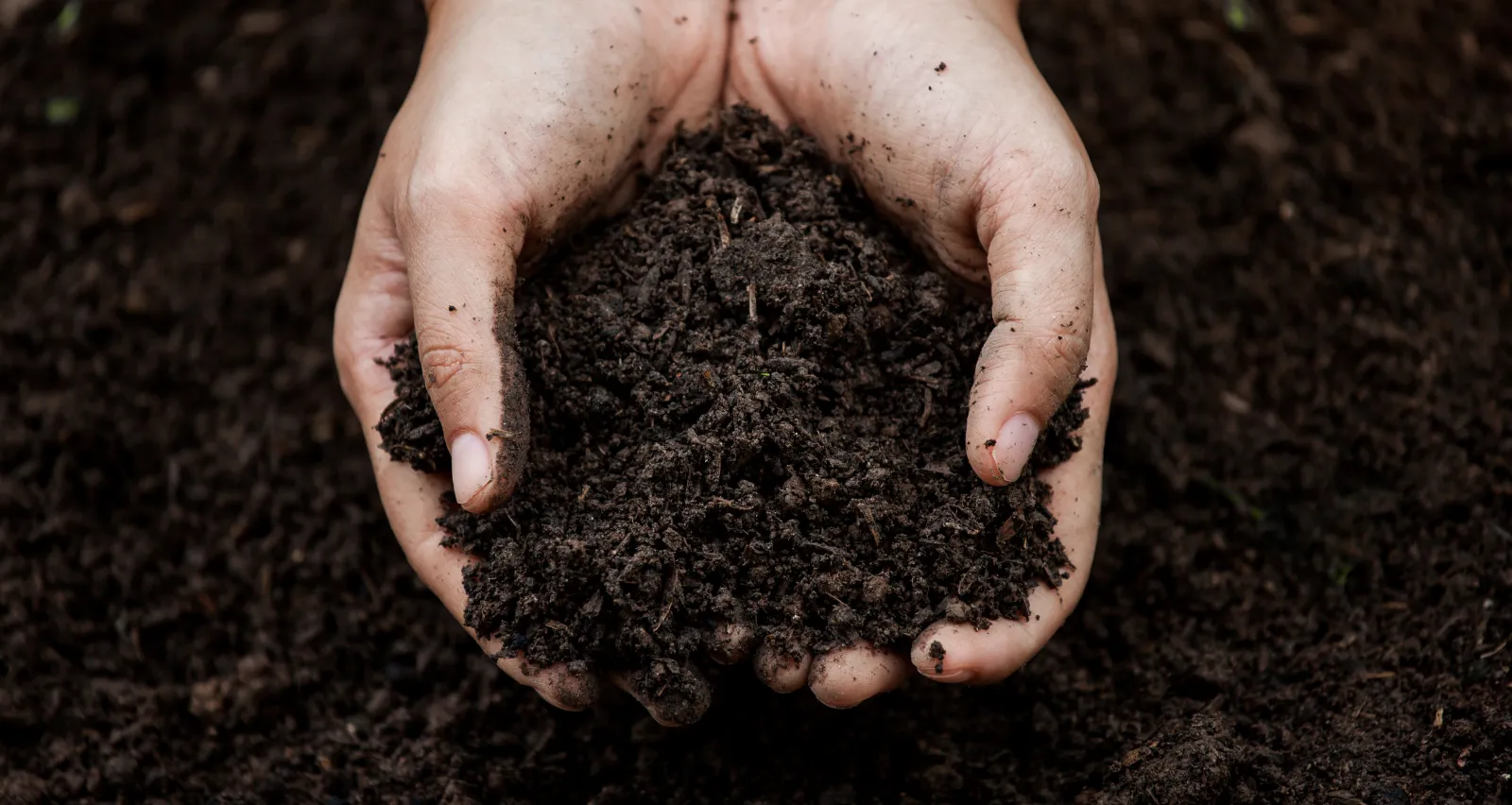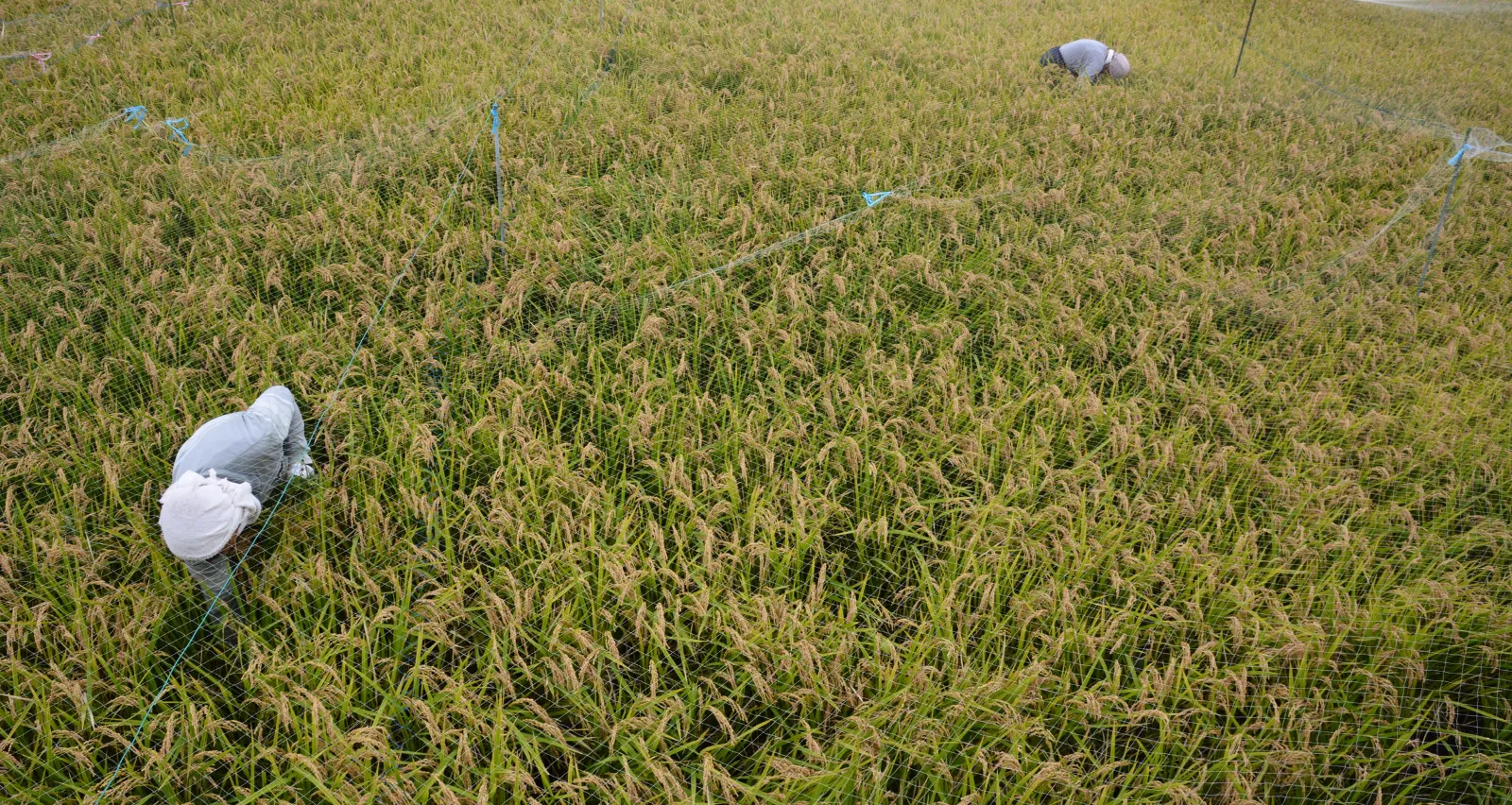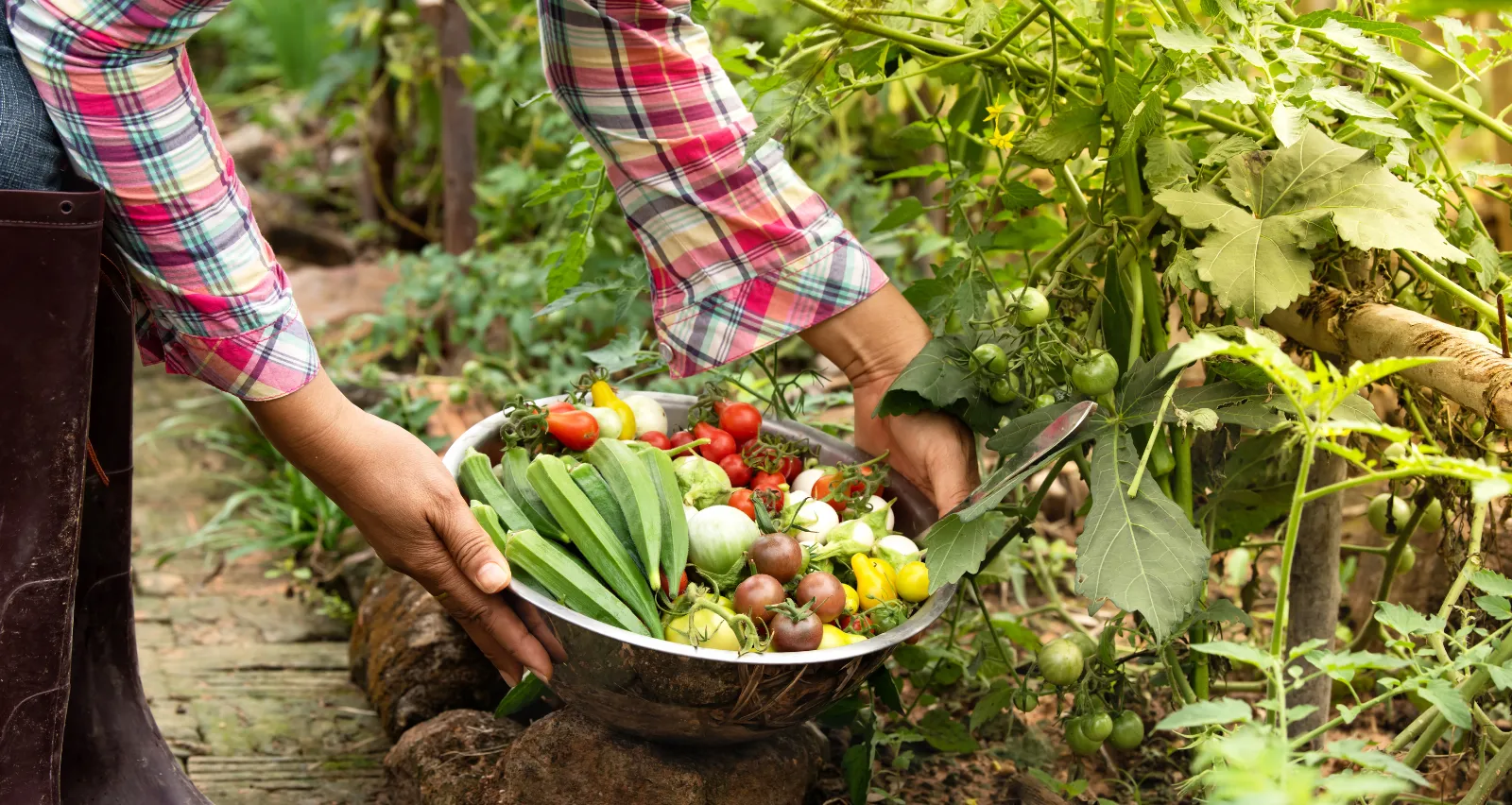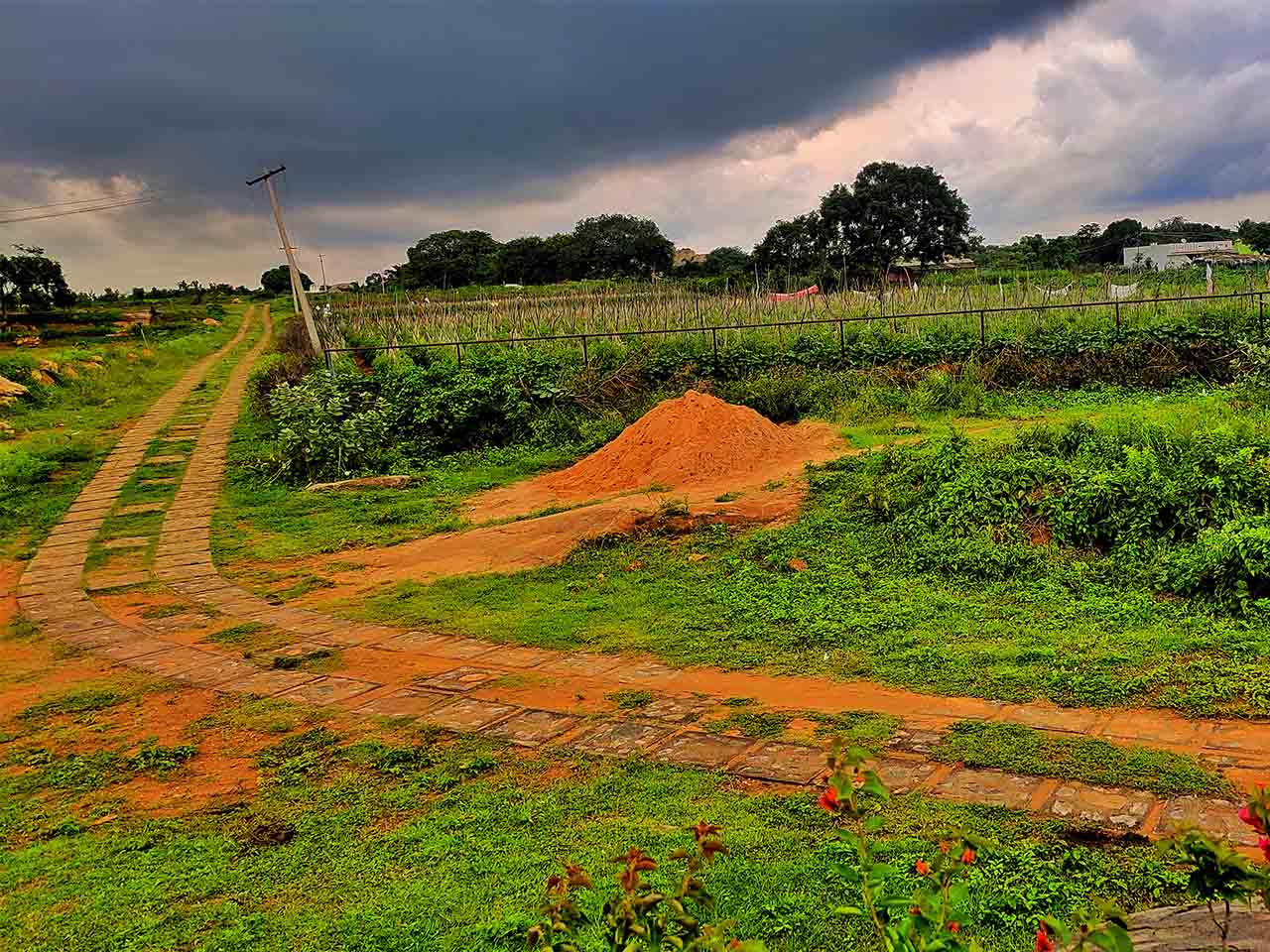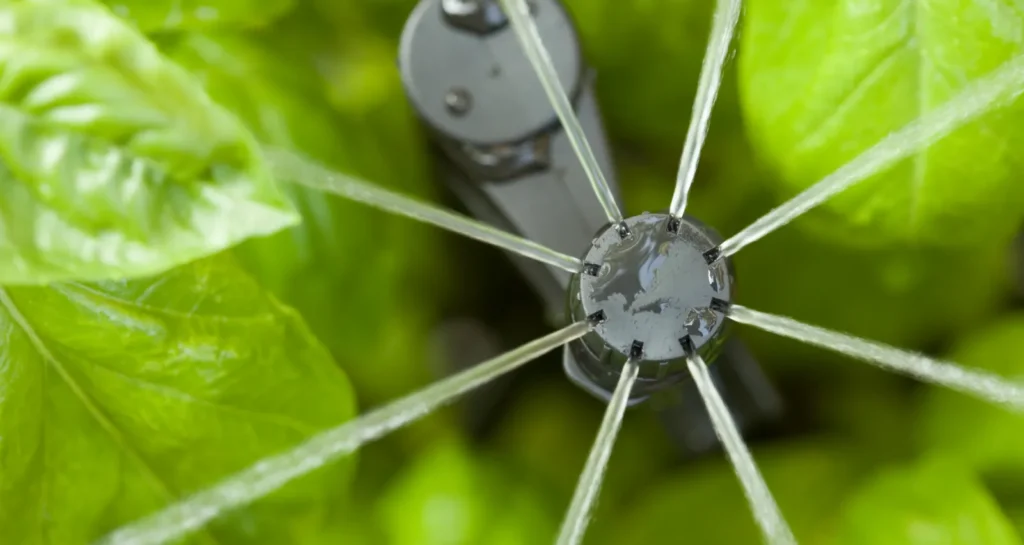
India’s agricultural sector is the backbone of the nation, yet faces a significant challenge: water scarcity. Traditional irrigation methods often lead to water waste, impacting crop yields and farmer livelihoods. However, a revolution is brewing in Indian fields – the rise of micro-irrigation! This blog explores how micro-irrigation techniques are transforming water usage and shaping a more sustainable future for Indian agriculture.
What is Micro-Irrigation?
Micro-irrigation refers to a set of irrigation methods that deliver water directly to the root zone of plants in small, controlled quantities. Popular techniques include drip irrigation and sprinkler irrigation. Unlike traditional flood irrigation, micro-irrigation minimizes water waste by delivering water precisely where it’s needed.
Benefits of Micro-Irrigation
- Water Conservation: Micro-irrigation can save up to 70% of water compared to flood irrigation. This is crucial in water-scarce regions, allowing farmers to cultivate more land with less water.
- Improved Crop Yields: Precise water delivery leads to optimal growth conditions, resulting in increased crop yields and improved crop quality.
- Reduced Labor Costs: Micro-irrigation systems require less manual labor for operation compared to traditional methods.
- Fertilizer Efficiency: Water delivered directly to the roots allows for better fertilizer uptake, reducing fertilizer waste and costs.
The Micro-Irrigation Revolution in India
The Indian government recognizes the potential of micro-irrigation and has launched several initiatives to promote its adoption. These include subsidies on micro-irrigation equipment, training programs for farmers, and credit facilities. As a result, the area under micro-irrigation in India has been steadily increasing, offering a promising solution for the country’s water woes.
The Road Ahead
While micro-irrigation offers significant advantages, there are still challenges to overcome. These include ensuring access to financing for small farmers, promoting wider awareness of micro-irrigation benefits, and establishing robust maintenance and repair networks. Nevertheless, the future of Indian agriculture seems to be headed towards micro-irrigation, paving the way for a more sustainable and water-efficient future.

